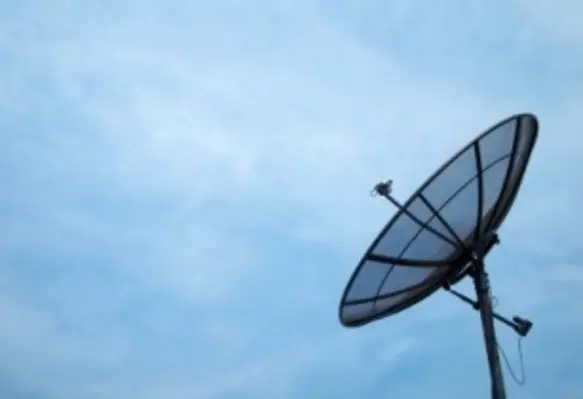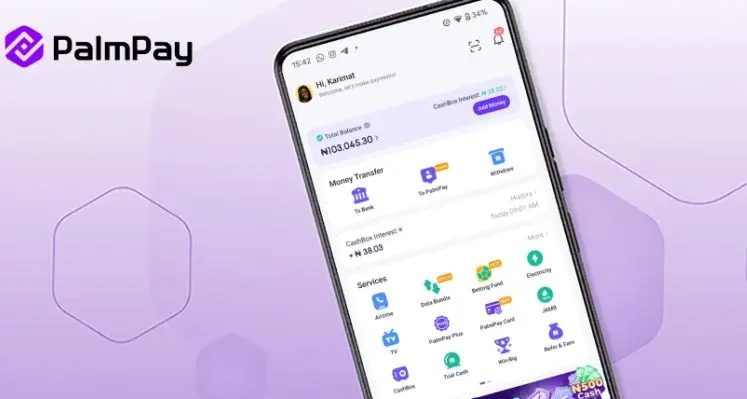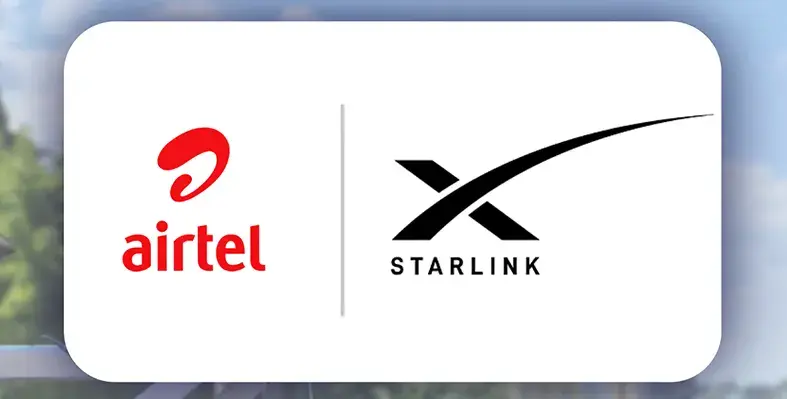Particularly in the current economic climate, but always really, satellite service providers are looking to get more out of what they already have, or to do the same with less, writes Dave Suffys, sales support manager at Newtec
Technology advancement means satellite providers can offer good value to customers, with research and development departments working towards finding innovative solutions.
At Newtec, as sales support manager, one of my job roles is to perform measurements and field trials with customers to demonstrate new products. We work together with our customers and the satellite operators to endorse the new technology that we are bringing to the market.
Right now we are testing one of our newest technologies, Clean Channel Technology (CCT), which is a potential S2 extension candidate.
It consists of three things; a reduction of the roll-off factors, significantly reduced RF sideband noise and a much cleaner carrier.
CCT works by applying a smaller Roll-Off (RO) percentage than is currently used in the DVB-S2 standard. Roll-Off percentages of 20 per cent, 25 per cent and 35 per cent are common. The bigger the Roll-Off, the more satellite bandwidth is needed in order to accommodate for a certain carrier rate.
Implementing low Roll-Off factors allows for carriers to be spaced more closely to each other. Of course the sidelobes of these carriers will then create interference into the neighbouring carriers.
Therefore reducing the Roll-Off alone is not enough, the slidelobes need to be suppressed even more, this is where Clean Channel Technology (CCT) comes into play.
With CCT one can reduce the Roll-Off to as low as five per cent, increase the carrier rate in the same bandwidth and place carriers closer to each other without any degradation.
In order for new technologies to be accepted by the market we need to work very closely with satellite operators. With this in mind we visited both Eutelsat and Intelsat - two of the most important providers in the market.
Without this strong relationship we would not be able to test our equipment in live real-world conditions and the operators’ would not benefit from improved service to their customers. The process began with a brainstorm between the technicians. We started by defining an exhaustive number of test cases and performing them in the Newtec labs.
Even where satellite is being used as a backup, like in Asia and Africa, where terrestrial networks are unreliable and prone to failure. The customers are still experiencing higher and higher service level agreements and satellite, as a backup, must be able to step in and bridge the gap at the same levels. Being able to offer speeds of up to half a gigabit per second are no-longer nice-to-have. They are a requirement.
Needless to say that when breaking a barrier another one comes into sight. With the upcoming extensions to the DVB standard which will enable even higher modulation modes and symbol rates plus new and more powerful satellites to be launched we are now aiming at the 1 Gbps barrier.























